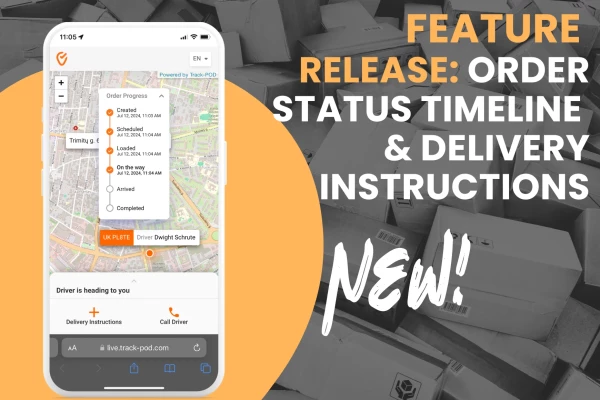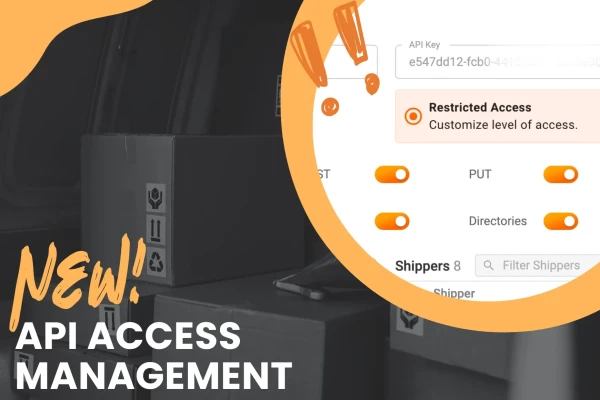All You Need to Know About Assortment Planning in Retail and Ecommerce

by
Jessica Day
May 25, 2022
In this post, guest writer Jessica Day covers the basics of assortment planning in retail and eCommerce.
A retailer is, in the broadest sense of the word, the middle-man between suppliers and consumers. For a retail business to be successful, it must offer relevant products to its specific clientele. All the while grappling with various economic pressures and logistical challenges.
Successful business owners must have a solid understanding of who their customer base is and what sorts of products are sought after in that industry. Once a relevant product line has been established, they must be constantly reflexive to the needs of their customer base.
Often, customers will seek different products in different locations, seasons, and years. Not to mention the constraints of overstocked or understocked products and the knock-on effects this can have.
Understanding this and implementing an effective assortment planning strategy is therefore imperative for your retail business to remain competitive.
In fact, data provided by Statista shows us that supply-demand imbalances caused a $580 million loss for retail stores in 2020.
Is your business looking to cultivate a brand-new product range, or adapt and improve on your current offerings? Well, this article will tell you everything you need to know about assortment planning from basic considerations to more advanced optimization processes.
What is assortment planning?
Assortment planning can be thought of as the strategic process behind choosing the best product line for your business to offer.
The scope of this process varies enormously depending on the size of your business. Whilst mom-and-pop stores may order products by local phone service based on their ‘gut feeling’, larger retailers will have entire operations to keep track of KPIs. Today, there are even tools that leverage AI tech to deliver data-optimized product ranges.
Beyond sales data, assortment planners must also consider a myriad of economic theories and customer behavior models. Take, for example, the fact that customers may feel overwhelmed by an extensive product selection in a cluttered store. Beyond this comes the physical limitations of keeping items in stock on time, and managing warehouses with numerous employees and SKUs.
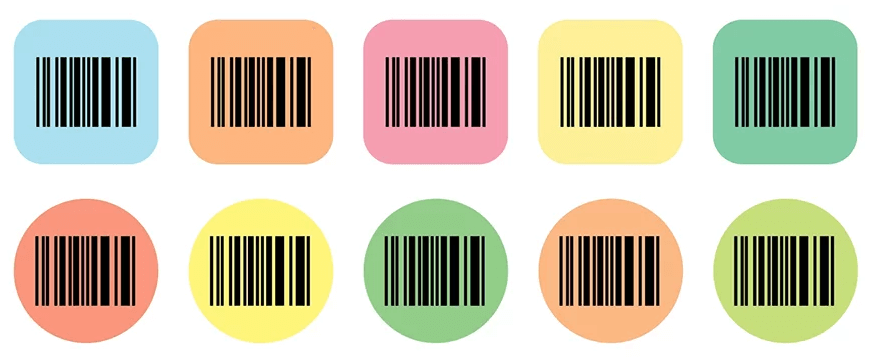
Why use an assortment planning strategy?
Assortment planning is crucial for retailers to provide a relevant service to their customers. With that in mind, here are some of the benefits your business may enjoy from effectively pursuing this strategy.
1. Drive up profits
The number one reason why businesses engage in assortment planning strategies is to become more competitive. Offering relevant products will win over loyal customers and build your brand’s name within its specific industry.
Not only that, but you will also know to stock products with the best profit margins and avoid products that ‘cannibalize’ others (more on that later).
2. Minimize out-of-stock ranges
A key advantage of assortment planning is that you will have an insight into which products are frequently sold and not replenished promptly. While bestsellers are certainly good for your business, having empty shelves certainly is not!
Often, buyers will feel unmotivated to purchase a product if they see other similar offerings are out-of-stock. The psychological barrier of thinking that you’re missing out on a great deal is enough to drive customers to your competition.
As such, assortment planning is particularly useful as it allows you to identify which products to buy more of earlier. Having systems in place to detect sales trends is useful for counteracting the lengthy resupplying process and keeping items in stock. Over time, you’ll certainly gain an understanding of how long certain items take to replenish compared to others.
3. Cut down on obsolete products
Assortment planning also helps with the opposite challenge: identifying which products to stock less of. Obsolete inventory is undoubtedly harmful to your business; it clutters your warehouse shelves until ultimately the products are marked down just to shift them.
Your business should have a regular line of communication (such as a cloud phone service) between the warehouse and retail store. That way, errors in orders can be identified and mitigated.
A reflexive planning process allows for you to identify slow-sellers and know to order fewer at a time.
In some cases, you may choose to drop those lines altogether if profits can be better made elsewhere.
4. Work to full capacity
With an effective inventory management system, your business will run like a well-oiled machine. Over time, retailers will learn the physical limitations associated with supplying certain product ranges, and where costs can be cut along the line.
For example, by cutting down on deadstock and only selling the most relevant products, you may run your warehouse to its most efficient capacity. Not only that, you will know exactly when it is optimal to order new products based on projected sales data and restocking times.
Identifying reliable suppliers and promoting underrepresented employees will surely assist in driving up workplace productivity and keeping items on the shelves.
Assortment planning in eCommerce
Delivering the right products to the right customers at the right time is a huge undertaking for any business.
Advancements in eCommerce now give retailers the freedom to offer a different kind of service to their customers. Instead of offering products in physical stores, eCommerce retailers now deliver products right to their customers’ doors.
Of course, this freedom also gives rise to greater customer expectations and competition. As such, implementing an effective assortment planning strategy is particularly important for eCommerce retailers. This should be delivered alongside 24/7 customer experience, whether by email or VoIP phone system.
Theories of efficient assortment strategies
By now, you should have a good understanding of what assortment planning is, as well as its benefits. That said, choosing the right assortment of products for your business can be tricky. In this section, we’ll cover some theories of efficient assortment strategies that you should consider.
Wide vs deep product ranges
Economic theory plays a huge role in determining what sort of assortment strategy your business should pursue. The two main approaches are found in offering ‘depth’ or ‘width’ to your product range.
Having a wide product range means offering many different unrelated products.
For example, your local convenience store may sell hundreds of types of products: bakery items, produce, healthcare products, etc. However, just because this offering is ‘wide’ does not mean it is ‘deep’. You may find that there is only one premium brand of pasta, for example.
On the other hand, a deep product range means offering many products of the same type in different variations.
For example, a paint store may sell only a couple of types of paint, but in hundreds of different colors.
Certainly, some retailers will offer product ranges that are both deep and wide (such as eCommerce giant Amazon). So, what type of assortment strategy should your business be aiming for?
Well, one solution is to create ‘product hierarchies’ in your range. That means, offering at least two products of the same type to your customers. Often, customers choose to buy a product based on a comparison between other products of a similar type.
For example, if they hadn't seen the price of the premium brand product, they wouldn't have known what a good deal the own-brand product really was!
We can see this in many industries, even beyond retailing specifically. For example, a car manufacturer may release three new cars in 2022: a standard model, a premium model, and a cheaper budget option.
Creating a product hierarchy allows potential consumers to weigh up the benefits and drawbacks of each option, helping them finalize their decision to make a purchase. This process is one of the crucial customer journey touchpoints that retail businesses must consider.

Maximizing profitability
Every product that your business stocks will have varying ROI for the costs associated. Basic economic thought may lead you to sell products that have the highest profit margins, but is this really the optimal strategy?
Beyond profit margins, we must also understand that every product comes with an associated ‘opportunity cost’.
That is, for every product that you stock (or choose not to stock), it introduces another factor into the customer behavior model.
If you only stock products with the highest profit margins, you may find that overall sales decrease as the lack of options makes it more difficult for your customers to make a purchase decision.
Conversely, there is a danger of going too far the other way and introducing too deep of a product range. Overloading your customers with dozens of options may indeed confuse them and discourage them from following through on their purchase. Not to mention the associated costs of supplying, storing, and stocking a cluttered retail operation.
In some cases, introducing new products may have the unintended consequence of ‘cannibalizing’ other similar products. You may find that high sales of certain products with low profit margins actually ends up eating into your overall sales revenue. That is because customers are choosing those low-ROI products in place of high-ROI products.
Therefore, you will need to carefully consider the ‘opportunity cost’ associated with each of your products.
This will help you determine whether it is always worth stocking best-selling products if it harms your business’s overall profit margins. You may find that introducing new products one at a time is useful for visualizing the ‘before and after’ KPI data.
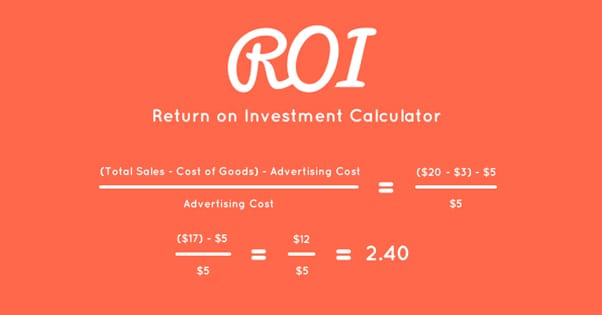
Optimizing your assortment planning strategy
So, we have established the importance of assortment planning in the context of consumer behavior and economics. That raises the question – what assortment of products should your business offer? Whilst there’s no one-size-fits-all answer to that question, there are plenty of factors to take into consideration.
1. Geographic location
For retailers that serve wide geographic locations, consideration of local needs is important to offer the most relevant products to local clients. For instance, you would expect a car dealership in Canada to offer snow tires and de-icer. Yet if these products were offered by that same company in New Mexico, they would sit on the shelves for decades!
Many retailers find it useful to ‘group’ stores in geographic proximity and offer the same product range at each. That way, local needs are attended to without creating an over-complex system wherein each store stocks completely different items.
Language is another important factor to consider in the context of geographic regions. For online stores, you may find that creating a multilingual content website is effective at attracting an international customer base.
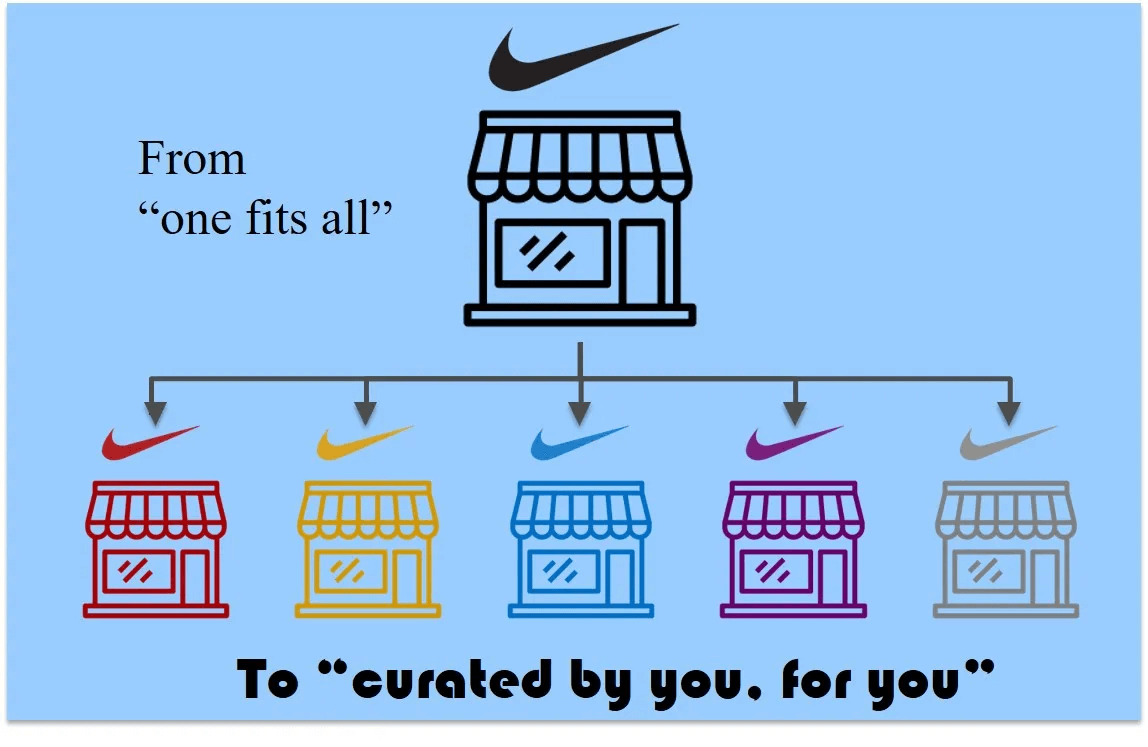
2. Seasonal vs evergreen product ranges
Some products are viable to stock all year round, referred to as ‘evergreen’ items. In contrast, there are additional products that customers may expect to see during specific events or at specific times.
The classic example is to look at the festive period.
Retail stores wouldn’t dream of selling Christmas trees and baubles in the middle of summer, because it would be totally irrelevant to customer demands.
Rather, retail operations that establish ‘seasonal’ items and know when to start ordering them in will be most effective.
It’s also important to note that sometimes seasonal items can become evergreen. Paying close attention to market trends will aid you in stocking relevant items year-round. You may consider setting up an outbound call center to receive customer feedback for seasonal items.
3. eCommerce operations
In digital retail environments, considerations of seasonal or local demands are less relevant. The Internet is a global hub where people from across the world buy and sell goods. As such you must make your product range universally appealing.
To avoid selling out of products at unpredictable times, you may consider implementing one of the types of inventory control systems available. Whereas a customer in a physical store may expect a tidy environment and friendly faces, online customers are much more concerned with prompt delivery times and items being in stock.
4. Cross-merchandising
Once your product range has been established, you will naturally find that some products sell together well.
Just as a waiter at a restaurant may recommend a fine wine to pair with a steak, your business should begin cross-merchandising relevant items for consumers.
For eCommerce stores, this can be as simple as introducing a ‘customers also bought’ tab at the bottom of an items page. This connects the dots within the customer experience and encourages higher sales.
You may also consider advertising your product range elsewhere on the net (though this falls more under a performance marketing definition than assortment planning!)
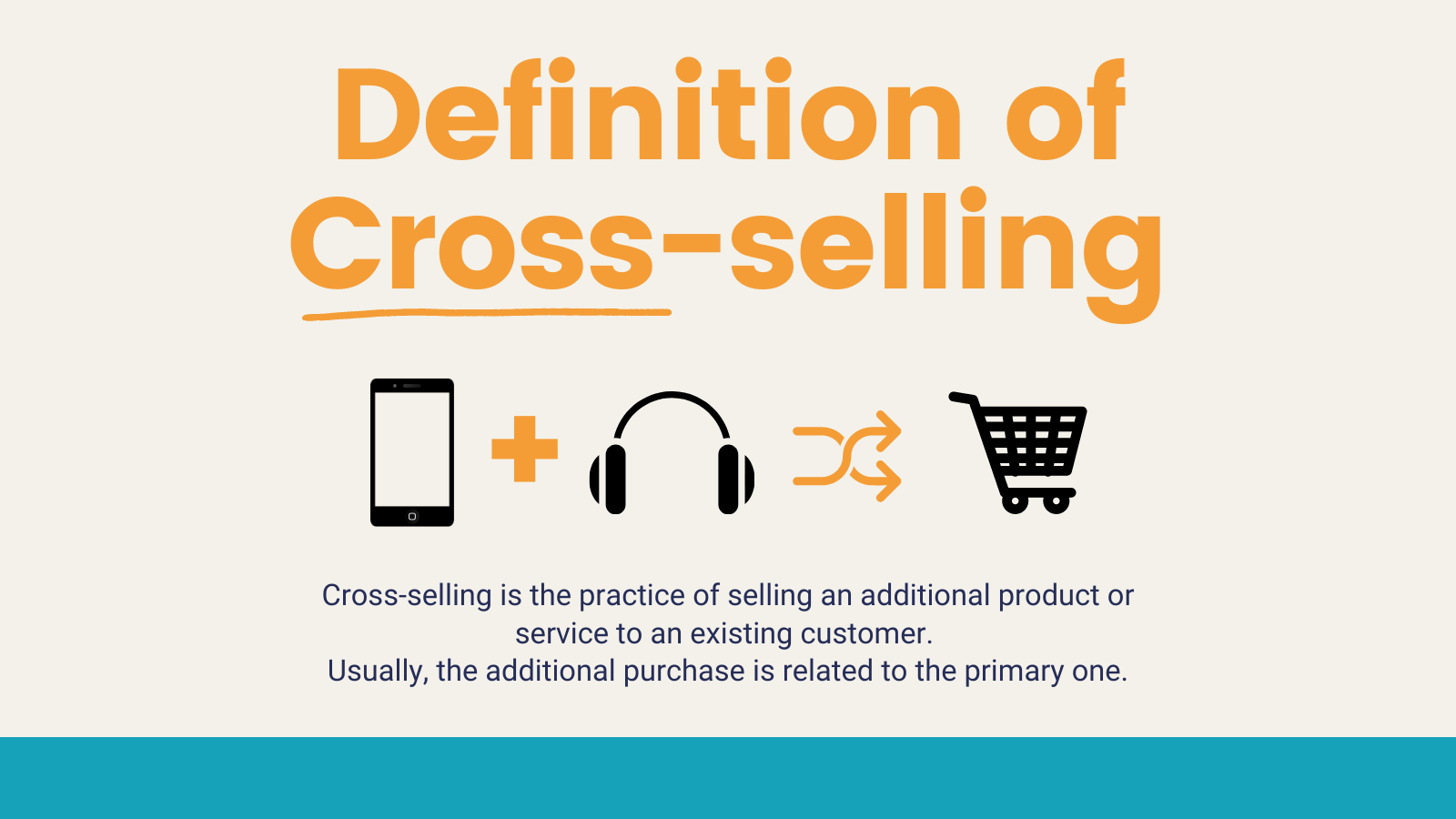
Conclusion
Traditionally when creating assortment planning strategies, retailers would look to several KPIs such as sales totals and revenue for each of their products. More advanced systems would account for the opportunity costs of certain products, as well as delivering positive customer experiences.
In determining the optimal assortment planning strategy for your business, you will need to implement systems to determine customer demand. Reflexivity is an important concept in retailing, and you should be ready to adapt to trends as soon as you spot them. You may find value in services that offer AI-driven insight into optimizing supply chains and logistics.
About The Author
Jessica Day
Jessica Day is the Senior Director for Marketing Strategy at Dialpad, a modern business cloud PBX platform that turns conversations into opportunities.








